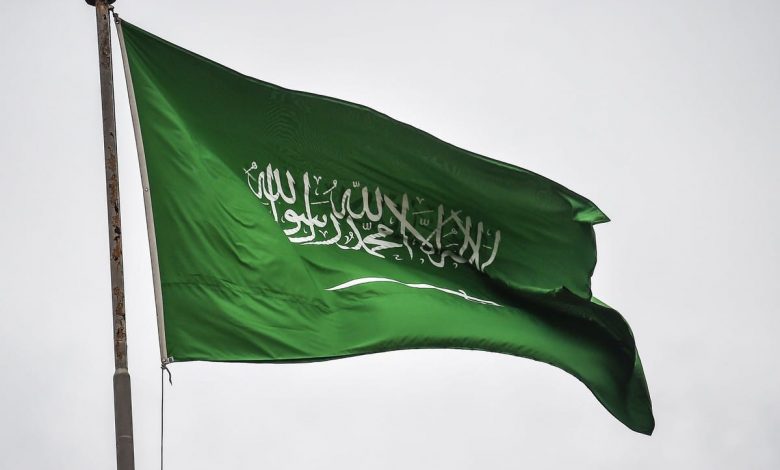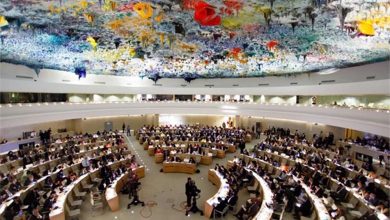Saudi Arabia: fall in key indicator shows economy in poor health

With a drop of 0.8 per cent in May, Riyadh’s net foreign assets have continued their downward spiral to $432 billion. This is a major fall from 2014 when the indicator rose to its highest point due to an oil boom, reaching $700 billion
Last year’s significant decline is attributed to the lower oil income which strained finances at a time when officials transferred $40 billion to the Kingdom’s sovereign fund to fuel an opportunistic investment spree.
According to the Saudi Central Bank’s monthly report, net foreign assets fell by 13.65 billion riyals ($3.64 billion) to 1.62 trillion riyals ($432.6 billion).
“Reserves are at their lowest level since the end of 2010 as the enormous build-up during 2011-14, catalysed by oil prices at more than $100/b has been eroded over the past years thanks to low and volatile oil prices,” explained one of the largest banking groups in the Middle East, Emirates NBD.
Despite the downward trend, it’s believed that there is more than enough to defend the Saudi riyal’s peg to the dollar. Moreover, rising oil prices could boost the fortunes of the world’s largest crude oil exporter in the months ahead.
Net foreign assets are an important macroeconomic indicator of a country’s overall financial health. The figure indicates whether a country is in a net position of being owed money by, or owing money to, foreign entities.





